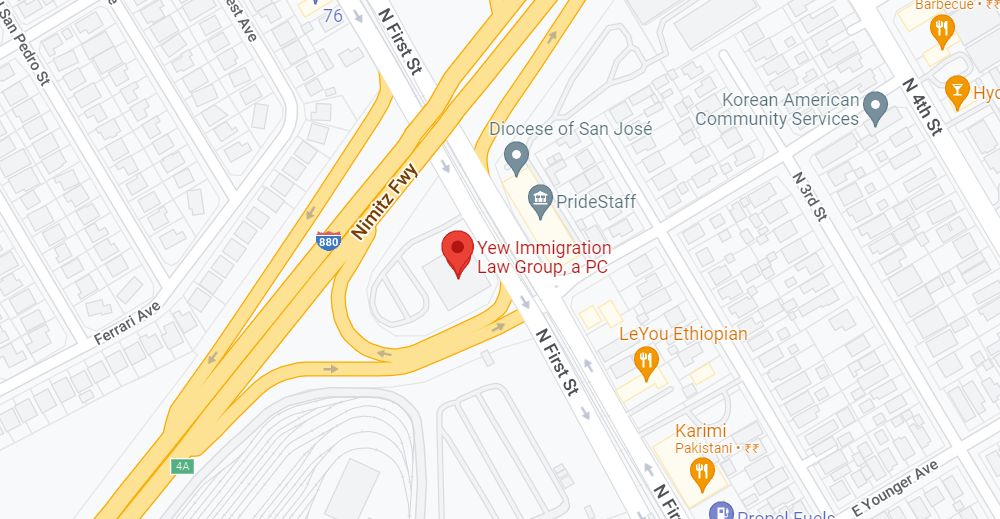Adjustment of Status (AOS) is the process by which you apply for a green card in the United States. When you use AOS, you are able to stay in the U.S. while your application is being processed, as opposed to the alternative option, consular processing.
Adjustment of status can be a slow process and can take anywhere from 5-36 months, depending on where in the U.S. you apply from and if your spouse is a U.S. citizen versus a green card holder. You can check the relative timelines of the USCIS office’s processing times and apply wherever works best for you.
Who Qualifies for Adjustment of Status?
To use adjustment of status, you must be eligible for a family or employment-based green card, or other, such as on humanitarian grounds.
A family-based green card would apply to those who are a close relative of a U.S. citizen or current green card holder. Spouses, children, parents, and siblings are eligible. Unfortunately, extended family such as cousins or grandparents do not qualify.
Many work categories provide eligibility for an employment-based green card, in some cases not just for the employee but also for their close family. Jobs that apply are classed into six categories, priority workers (outstanding professors or researchers), professionals with advanced degrees and exceptional abilities, physicians, Skilled, unskilled, and professional workers, and special workers (such as media professionals or religious workers), and investors.
Those who face persecution in their home country, particularly if it is due to race, religion, sexual orientation, or political views, are eligible for an AOS. However, they will first have to go through the visa process and live in the U.S. for at least one year.
What is the Adjustment of Status Process?
There is a nine-step process to getting a green card through AOS.
- check your eligibility.
- have your sponsor file the proper petition based on your green card category.
- get your petition granted by USCIS.
- check for up-to-date visa availability for your green card category.
- file your adjustment of status application (an I-485 form).
- receive an appointment from USCIS to go to a biometrics appointment, where you will have your
fingerprints taken, and your eye scanned. - attend an in-person interview, if required.
- if further evidence is requested, supply it to USCIS. And
- receive your final decision. If your petition is granted, you will get an approval notice in the mail,
followed shortly by the green card itself.
What Happens After an Adjustment of Status?
If your adjustment of status is granted, you are now free to live and work anywhere in the United States, can travel abroad and return without issue, and can seek an eventual full U.S. citizenship.
If you have received a conditional green card, you will have to upgrade it within a two-year period to be granted a permanent residence.
Depending on what type of green card you have been issued, you may be able to apply for citizenship within three to five years. During that time, you must pay your taxes, avoid being convicted of a crime, and not leave the United States for an extended period of time without a re-entry permit.
The adjustment of status process is long and often very complex, and the guidance of an experienced immigration lawyer can help you get your best chance of success. Call us now at (408) 645-6395 for all your immigration questions and needs.









